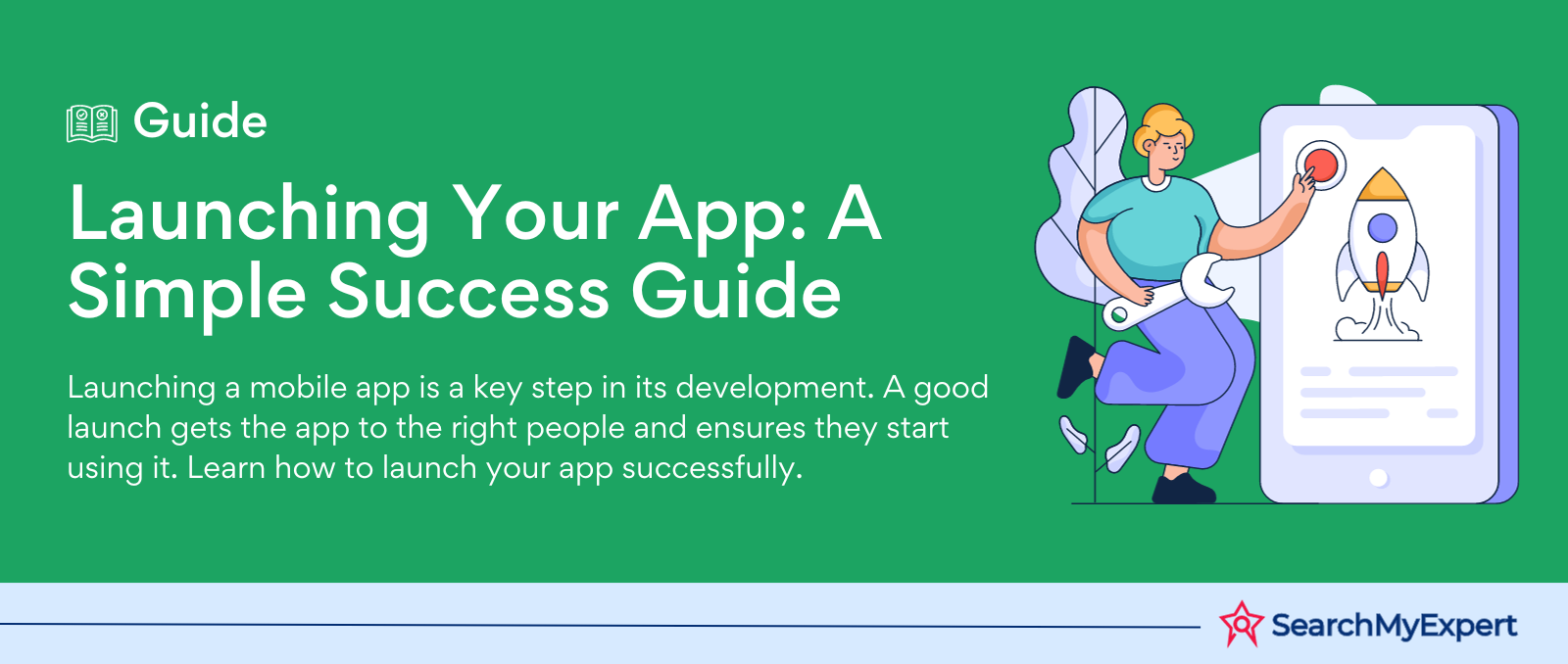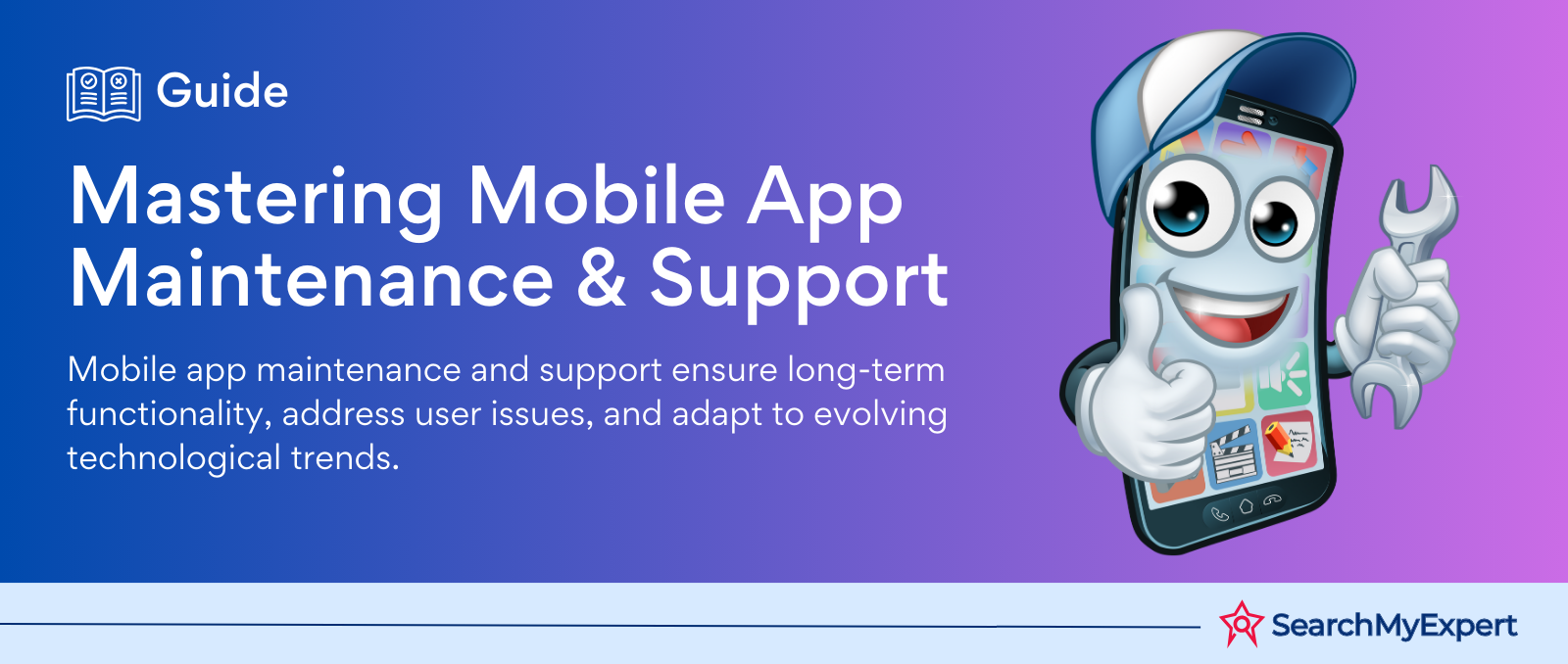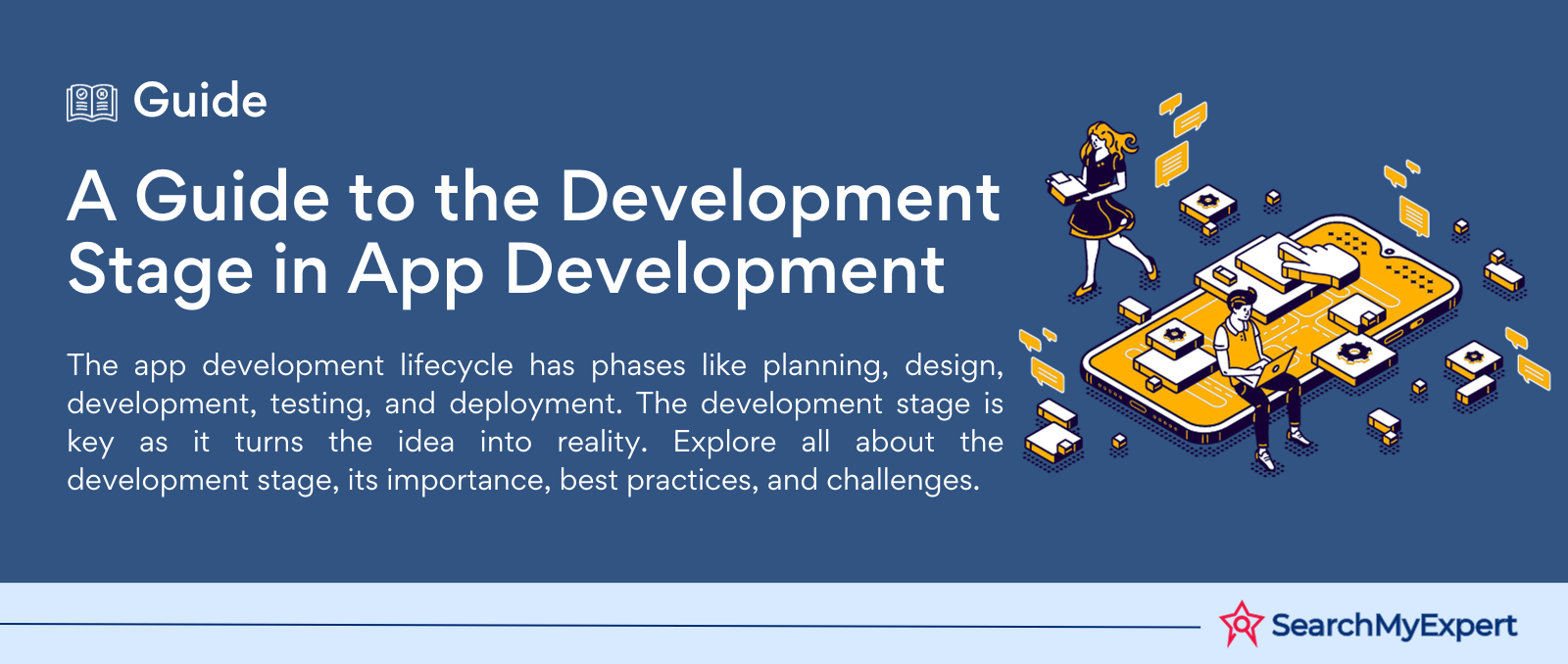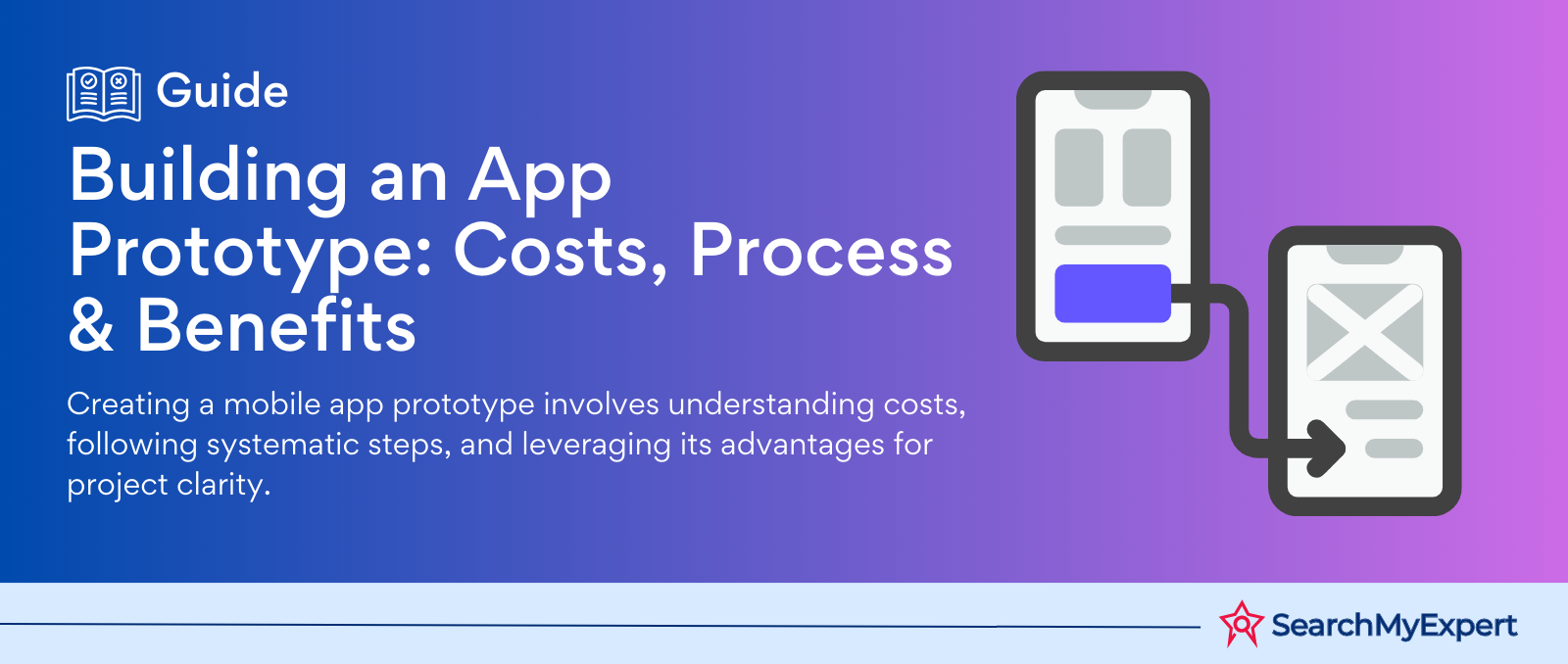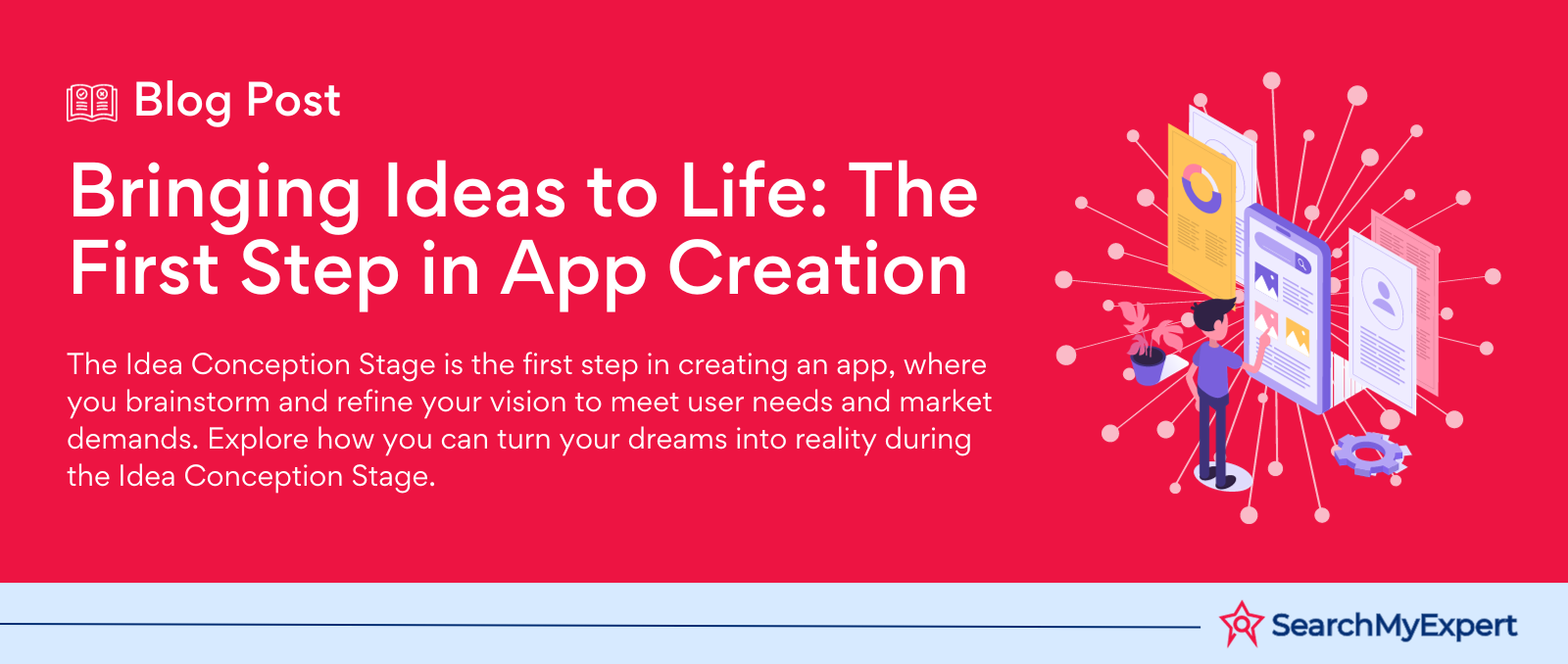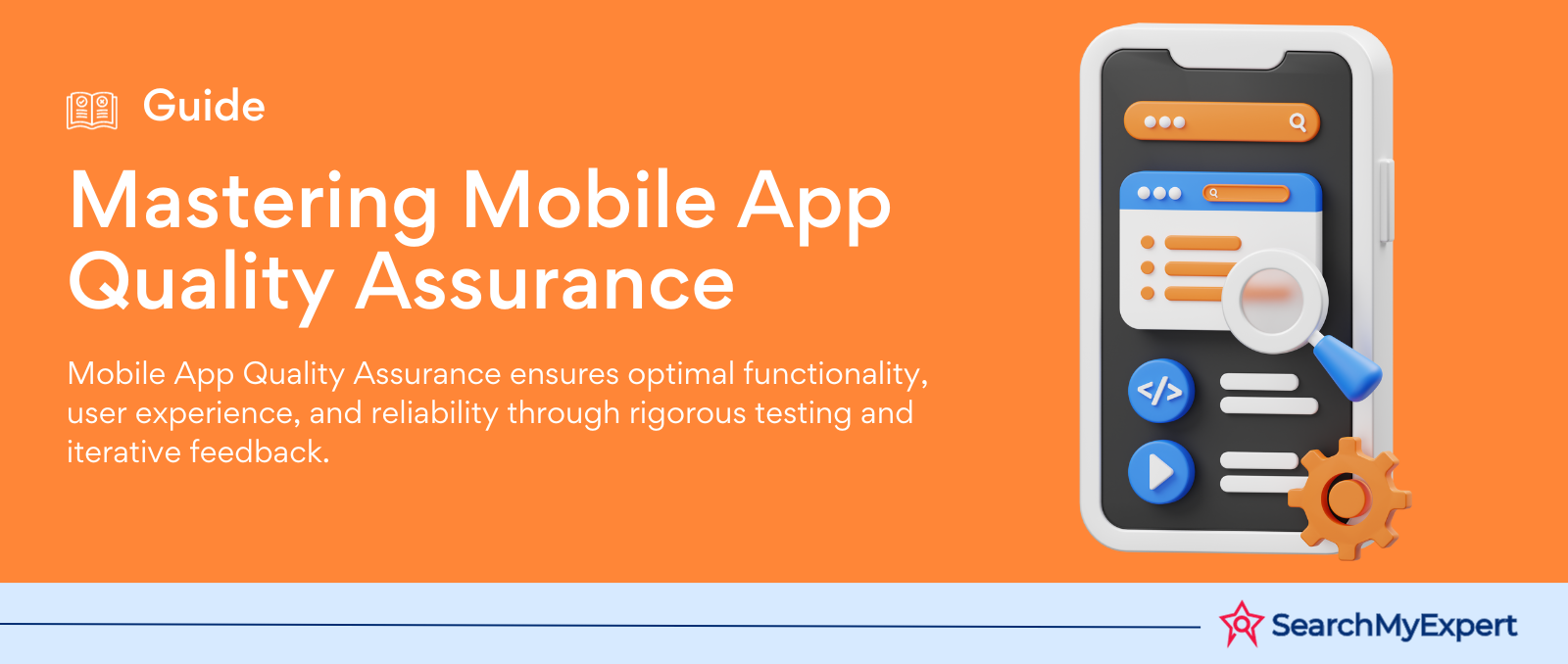Examining UX Design's Future: Innovations and Challenges

UX Design - Navigating the Digital Landscape
Unraveling the Essence of UX Design
User Experience (UX) Design stands as a pivotal cornerstone in the digital realm. It's the art and science of crafting digital experiences that are not only visually pleasing but also intuitively functional. In a world where digital interactions are omnipresent, UX design emerges as the subtle yet powerful force that shapes how we perceive and interact with digital platforms.
The Critical Role of UX Design in Today's Digital Ecosystem
- User-Centric Approach: UX design places the user at the heart of the development process. This ensures that digital products are tailored to meet the real needs and expectations of end-users.
- Enhanced Usability: A well-designed UX enhances usability, making digital platforms more accessible and easier to navigate, thereby improving overall user satisfaction.
- Business Impact: Good UX design isn't just about aesthetics; it has a tangible impact on business metrics, from increasing user engagement to driving conversions.
The Dynamic Nature of UX Trends
The realm of UX design is ever-evolving. Trends come and go, influenced by technological advancements, user behavior shifts, and cultural changes. Staying abreast of these trends is crucial for designers and businesses alike, as they shape the strategies and approaches towards creating engaging and effective user experiences.
Setting the Stage for Current and Upcoming UX Trends
In this exploration, we delve into the most influential trends in the field of UX design. From minimalist interfaces to AI-driven personalization, we'll uncover how these trends are redefining the way users interact with digital products and services.
Embracing Minimalism and User-Centricity in UX Design
The Art of Minimalism in UX Design
In the ever-evolving landscape of UX design, minimalism continues to reign supreme. It's a design philosophy that advocates for simplicity, stripping away non-essential elements to create interfaces that are clean, clear, and easy to use.
Why Minimalism?
- Clarity and Focus: Minimalist design removes clutter, allowing users to focus on what’s important.
- Ease of Use: Simplified interfaces enhance usability, making it easier for users to navigate and interact with digital products.
- Aesthetic Appeal: Minimalism isn’t just functional; it’s also aesthetically pleasing, offering a modern, elegant look.
Prioritizing User-Centricity Through Research and Data Analysis
The heart of effective UX design lies in understanding the user. This is where user research and data analysis play a critical role.
User Research: The Backbone of User-Centric Design
- Gathering Insights: User research involves collecting data about users' behaviors, needs, and motivations.
- Building Empathy: It helps designers build empathy, ensuring the design solutions are grounded in real user needs.
Data-Driven Design Decisions
- Analyzing User Data: Utilizing data analytics tools, UX designers can track user interactions and identify patterns.
- Personalization: This data helps in creating personalized experiences, and tailoring the design to meet the specific needs of different user segments.
The Outcome: A Personalized and Relevant User Experience
By marrying minimalism with a deep understanding of user needs, UX designers can create interfaces that are not only visually appealing but also incredibly intuitive and user-friendly. This approach ensures that digital products are more than just a collection of features; they are experiences that resonate with users on a personal level.
The Integration of AI in UX Design – A New Frontier
Harnessing the Power of AI in UX
Artificial Intelligence (AI) is revolutionizing the field of UX design, offering new and innovative ways to enhance user experiences. The integration of AI-powered features like chatbots, voice assistants, and predictive personalization is reshaping how users interact with digital products.
AI-Driven Features Transforming User Experiences
- Chatbots and Voice Assistants: These AI tools offer instant assistance, providing users with quick and efficient responses to their queries.
- Predictive Personalization: AI algorithms analyze user data to predict preferences and behaviors, enabling highly personalized experiences.
The Ethical Dimension of AI in UX
While AI brings immense potential to UX design, it also poses ethical challenges that must be addressed.
Ethical Considerations in AI-Enabled UX
- Privacy Concerns: The use of AI in UX often involves collecting and analyzing vast amounts of user data, raising privacy issues.
- Bias and Fairness: AI systems can inadvertently perpetuate biases, making it crucial to ensure fairness in AI algorithms.
Navigating the Challenges
- Transparency: Users should be informed about how their data is being used by AI systems.
- Inclusivity: Designers must ensure AI systems are inclusive, taking into account diverse user groups.
The Future of AI in UX Design
AI in UX design is not just a passing trend; it's a significant shift in how we think about and implement user experiences. By carefully balancing the potential of AI with ethical considerations, designers can create more intelligent, responsive, and personalized user interfaces.
Beyond Screens – The Emergence of Extended Reality and Web 3.0 in UX Design
Exploring the Boundaries of Extended Reality (XR)
As we venture beyond traditional screens, Extended Reality (XR) technologies like Augmented Reality (AR) and Virtual Reality (VR) are opening new horizons in UX design. These immersive technologies are redefining what's possible, offering users deeply engaging and interactive experiences.
The Impact of AR and VR in UX Design
- Enhanced Realism: AR and VR bring a level of realism that traditional interfaces can't match, creating more engaging user experiences.
- Immersive Interaction: These technologies allow users to interact with digital environments in a more natural and intuitive way.
The Advent of Web 3.0 and the Metaverse in UX
Web 3.0 and the Metaverse represent the next evolution of the internet, offering decentralized, interconnected virtual spaces.
Web 3.0: The Next Generation Internet
- Decentralization: Web 3.0 focuses on decentralized networks, giving users more control over their data and digital interactions.
- Interoperability: It allows for seamless integration between different services and platforms, enhancing user experiences.
The Metaverse: A New Frontier for UX Design
- Virtual Worlds: The Metaverse offers vast virtual worlds for users to explore, socialize, and participate in.
- Interactive Experiences: It provides a platform for entirely new types of user experiences, from virtual events to interactive gaming.
Shaping the Future of User Experiences
The integration of XR technologies and the principles of Web 3.0 into UX design is not just about technological advancement; it's about creating more immersive, interactive, and personalized experiences. As we continue to push the boundaries of what's possible, the role of UX design in shaping these new digital landscapes becomes increasingly vital.
Prioritizing Inclusivity and Accessibility in UX Design
Embracing Diversity in UX Design
Inclusivity and accessibility are more than just buzzwords in UX design; they're essential principles that ensure digital products are usable and enjoyable for everyone, regardless of their abilities or backgrounds.
The Importance of Designing for All
- Diverse User Needs: Recognizing the wide range of user needs and preferences is key to creating inclusive digital experiences.
- Universal Design: Inclusive UX design aims for universal usability, making products accessible to the widest possible audience.
Implementing Accessibility Best Practices
Accessibility in UX design is about removing barriers that prevent interaction with, or access to, digital products by people with a range of abilities.
Key Accessibility Best Practices
- Clear and Intuitive Navigation: Ensuring that digital products are easy to navigate for all users, including those with disabilities.
- Readable Content: Using fonts, colors, and spacing that make text easily readable for everyone, including users with visual impairments.
Tools and Resources for Accessible Design
- Assistive Technologies: Leveraging tools like screen readers and voice recognition software to enhance accessibility.
- Accessibility Guidelines: Following established guidelines such as the Web Content Accessibility Guidelines (WCAG) to ensure compliance.
Creating a Positive and Equitable User Experience
By prioritizing inclusivity and accessibility, UX designers can create experiences that are not just usable but also equitable and respectful of all users. This approach not only enhances user satisfaction but also broadens the reach and impact of digital products.
The Future of Work and Remote Collaboration in UX Design
Adapting UX Design to Remote and Hybrid Work Models
The shift towards remote and hybrid work models has had a profound impact on the field of UX design. This change necessitates new approaches and tools to accommodate the evolving work environment.
Remote Work's Influence on UX Processes
- Remote Collaboration: UX teams are now more geographically dispersed, requiring effective remote collaboration tools and practices.
- Digital Tool Integration: The reliance on digital tools for design and communication has significantly increased, emphasizing the need for seamless integration.
The Rise of Collaborative Platforms in UX Design
Collaborative platforms have become indispensable in the world of remote UX design, enabling teams to work together effectively, irrespective of their physical locations.
Advantages of Collaborative Platforms
- Streamlined Workflows: These platforms facilitate smoother workflows, allowing for real-time collaboration and feedback.
- Asynchronous Communication: They support asynchronous communication, enabling team members to work flexibly according to their schedules and time zones.
The Impact on Design Processes
- Enhanced Efficiency: Remote collaboration tools have made the design process more efficient, with faster iterations and quicker decision-making.
- Global Talent Access: Remote work allows companies to tap into a global talent pool, bringing diverse perspectives to UX design projects.
Navigating the New Normal in UX Design
The future of UX design is being shaped by these remote and hybrid work models. Embracing these changes and leveraging collaborative tools will be crucial for UX teams to thrive in this new landscape.
Reflecting on the Evolution of UX Design
Key Trends Reshaping UX
- Minimalism and User-Centricity: The focus on clean, intuitive interfaces prioritizes user needs and simplicity.
- AI Integration: AI-powered features like chatbots and predictive personalization are enhancing user experiences.
- Extended Reality (XR) and Web 3.0: Technologies like AR, VR, and the principles of Web 3.0 are opening new frontiers in immersive user experiences.
- Inclusivity and Accessibility: A commitment to designing for all users, regardless of their abilities or backgrounds, is crucial.
- Remote Collaboration: The shift towards remote work models is influencing UX processes and tool adoption.
Actionable Recommendations
- Embrace Emerging Technologies: Stay updated with the latest in AI, XR, and Web 3.0 to create cutting-edge user experiences.
- Prioritize Accessibility: Integrate accessibility best practices into every aspect of design.
- Adopt Collaborative Tools: Utilize modern collaborative platforms for efficient remote UX work.
- Continuous Learning: The field is constantly evolving, so continuous learning and adaptation are key.
Conclusion
As we look to the future, the role of UX design in shaping our digital world is not only undeniable but also exciting. With user-centered design at its core, the future of UX is poised to deliver experiences that are more intuitive, inclusive, and impactful than ever before. Embracing these changes, designers and businesses alike can forge a path that leads to innovative solutions and exceptional user experiences.
In this ever-evolving journey, the only constant is change, and in the world of UX design, change is the harbinger of greater innovation and deeper user connections.
Connect with top UX Design Agencies for groundbreaking UX.
share this page if you liked it 😊
Other Related Blogs

Mastering Docker for App Development: A Comprehensive Guide to Benefits, Use-Cases, and Alternatives
STAY UP TO DATE
GET PATH'S LATEST
Receive bi-weekly updates from the SME, and get a heads up on upcoming events.
Contact Us




